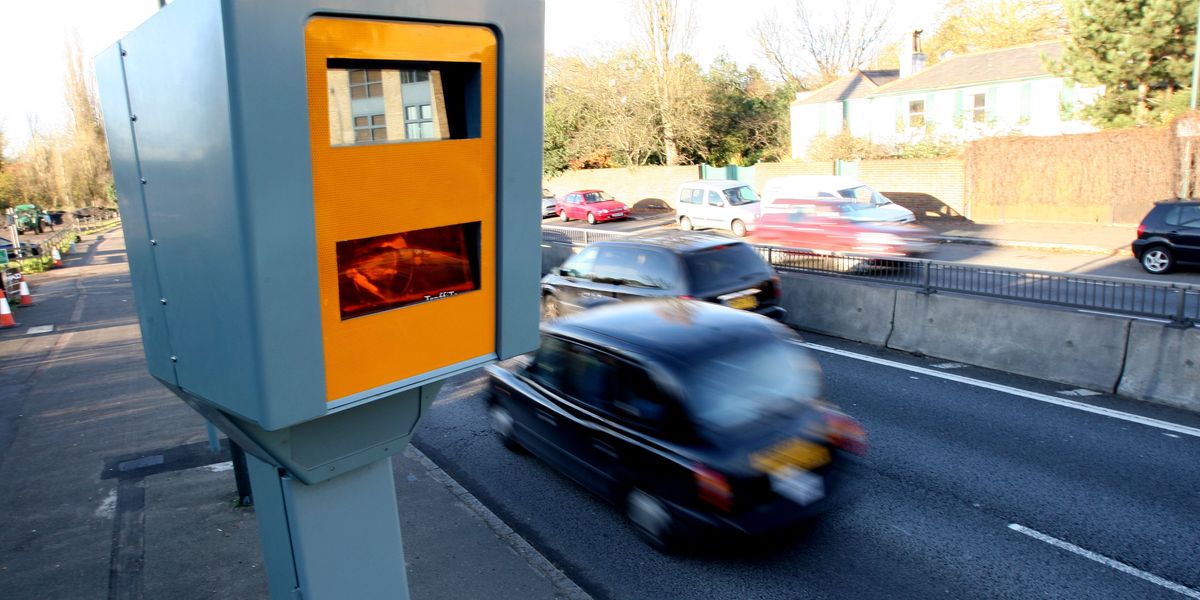Scanning technology with artificial intelligence (AI) that can catch hard-to-spot fractures is set to be rolled out on the NHS.
The health service’s spending watchdog has given the green light to four AI programs designed to reduce the number of bone breaks that go undiagnosed in A&E.
Missed fractures are one of the most common errors in emergency departments, according to the National Institute for Health and Care Excellence (NICE), amid chronic shortages of radiologists and radiographers.
The NHS estimates more than £1 million a year is spent on compensation for patients who have had their fracture missed.
The four technologies – TechCare Alert, Rayvolve, BoneView and RBfracture – are hoped to increase the accuracy of detecting breaks by about 15 per cent.
Doctors will still assess scans for signs of fractures, but in the participating hospitals the AI will also look for smaller breaks.
Experts believe that, by catching fractures early, the programs could stop patients from further injuries while accelerating their recovery time.
The health service’s spending watchdog has given the green light to four AI programs designed to reduce the number of bone breaks that go undiagnosed in A&E. Pictured: File photo

Missed fractures are one of the most common errors in emergency departments. Pictured: File photo
Around 200,000 people every year are admitted to hospital with a fracture. The most common are hip, ankle and hand fractures.
Those with the bone-thinning disease osteoporosis are also more likely to suffer breaks.
The AI scanning technology is developed by uploading thousands of bone-scan images until the software learns to recognise signs of fractures.
Similar programs are being used to catch early signs of cancer.
Mark Chapman, NICE’s director of health technology, said: ‘These AI technologies are safe to use and could spot fractures which humans might miss.
‘Using AI technology to help highly skilled professionals in urgent-care centres to identify which of their patients has a fracture could potentially speed up diagnosis and reduce follow-up appointments needed because of a fracture missed during an initial assessment.’






